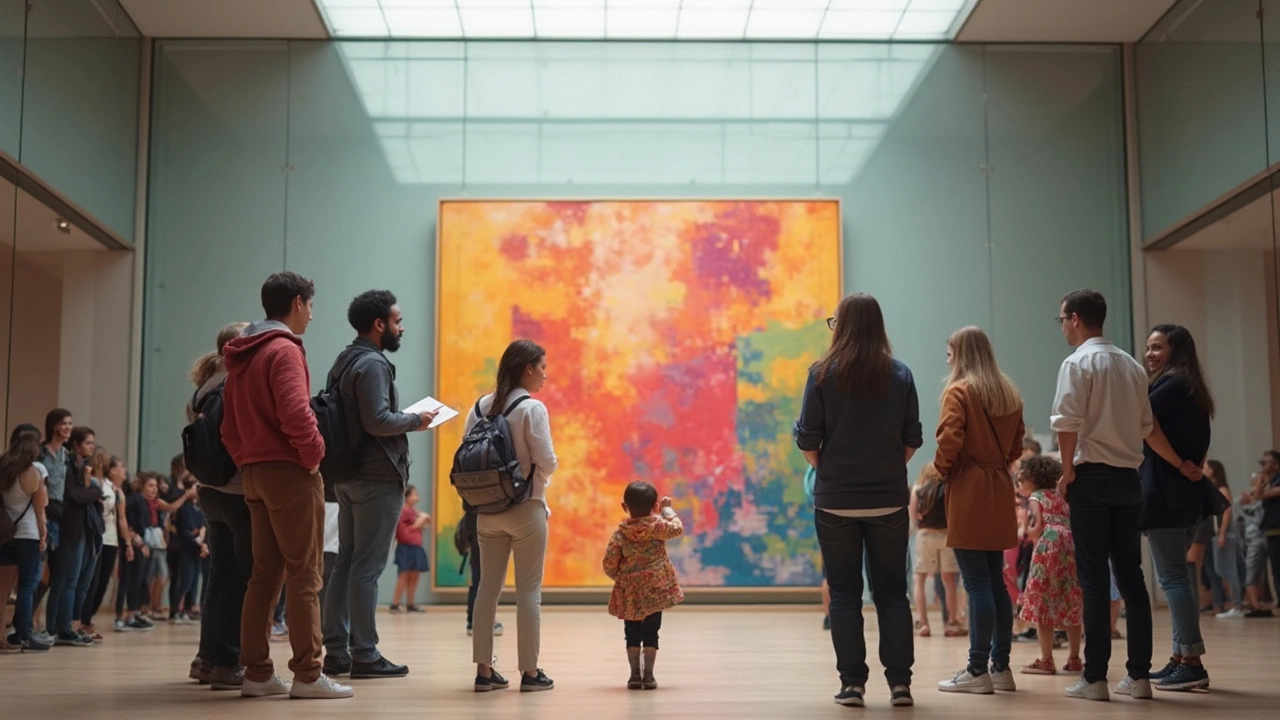Art Interpretation Made Simple: How to Read and Understand Any Artwork
Ever stared at a painting and wondered what the artist was trying to say? You’re not alone. Interpreting art isn’t a magic trick – it’s a set of habits you can practice. In this guide you’ll get clear steps to break down colors, shapes, and stories, so the next gallery visit feels less like a mystery and more like a conversation.
Why Interpretation Matters
When you actually think about what you see, the artwork stops being a pretty picture and becomes a message. Knowing the backstory – the era, the artist’s life, the cultural clues – lets you connect the dots faster. It also helps you talk about art with confidence, whether you’re chatting with friends or writing a review. Plus, understanding the intent can change how you feel about a piece; a confusing abstract might turn into a powerful emotional punch once you spot the hidden symbols.
Step‑by‑Step Tips for Reading a Work
1. Take a quick glance. Ask yourself what grabs your eye first. Is it a splash of red, a lone figure, or a swirling shape? That first impression often hints at the main theme.
2. Spot the basics. Identify the subject (people, objects, landscape), the setting (indoors, nature, abstract space), and the medium (oil, watercolor, digital). These clues set the stage for deeper meaning.
3. Look for symbols. Artists love using everyday items – a broken mirror, a wilted flower, a clock – as shortcuts for ideas like memory, loss, or time. If something feels “off” or repeated, pause and think what it could stand for.
4. Check the colour palette. Warm tones (red, orange) often pump up excitement or anger, while cool shades (blue, green) calm or suggest sadness. A sudden colour shift can signal a mood change in the story.
5. Consider composition. Where are the main elements placed? A centered figure can mean importance; a figure at the edge might feel isolated. The rule of thirds, diagonal lines, and perspective all guide your eye and hint at the artist’s intent.
6. Dive into the context. A quick Google search on the artist’s biography, the year it was made, and the historical events around that time can unlock hidden layers. A painting from the 1940s, for example, may reflect wartime anxiety even if it looks calm.
7. Trust your gut. After you’ve gathered facts, ask yourself how the piece makes you feel. Personal reactions are part of interpretation – they’re what make each viewing unique.
Put these steps together and you’ll have a reliable “art‑reading checklist.” Practice on a few prints at home, then try it next time you’re in a museum. You’ll notice patterns, get faster at spotting symbols, and start enjoying the hidden stories behind every canvas.
Remember, there’s no single “right” answer. Interpretation is a dialogue between you, the artist, and the work. The more you practice, the richer that conversation becomes. So grab a sketchbook, jot down your first impressions, and watch how your understanding evolves with each new piece you encounter.

22 May 2025
Why does modern art sometimes feel confusing—or even frustrating? This article unpacks the reasons behind the struggle, relating them to history, psychology, and even personal taste. Discover common sources of misunderstanding and pick up a few practical tips to enjoy modern art at your own pace. We’ll dig into why simple shapes and squiggly lines can be worth millions. By the end, you’ll have a fresh, honest outlook on navigating a modern art museum (without feeling lost).
Continue reading...
